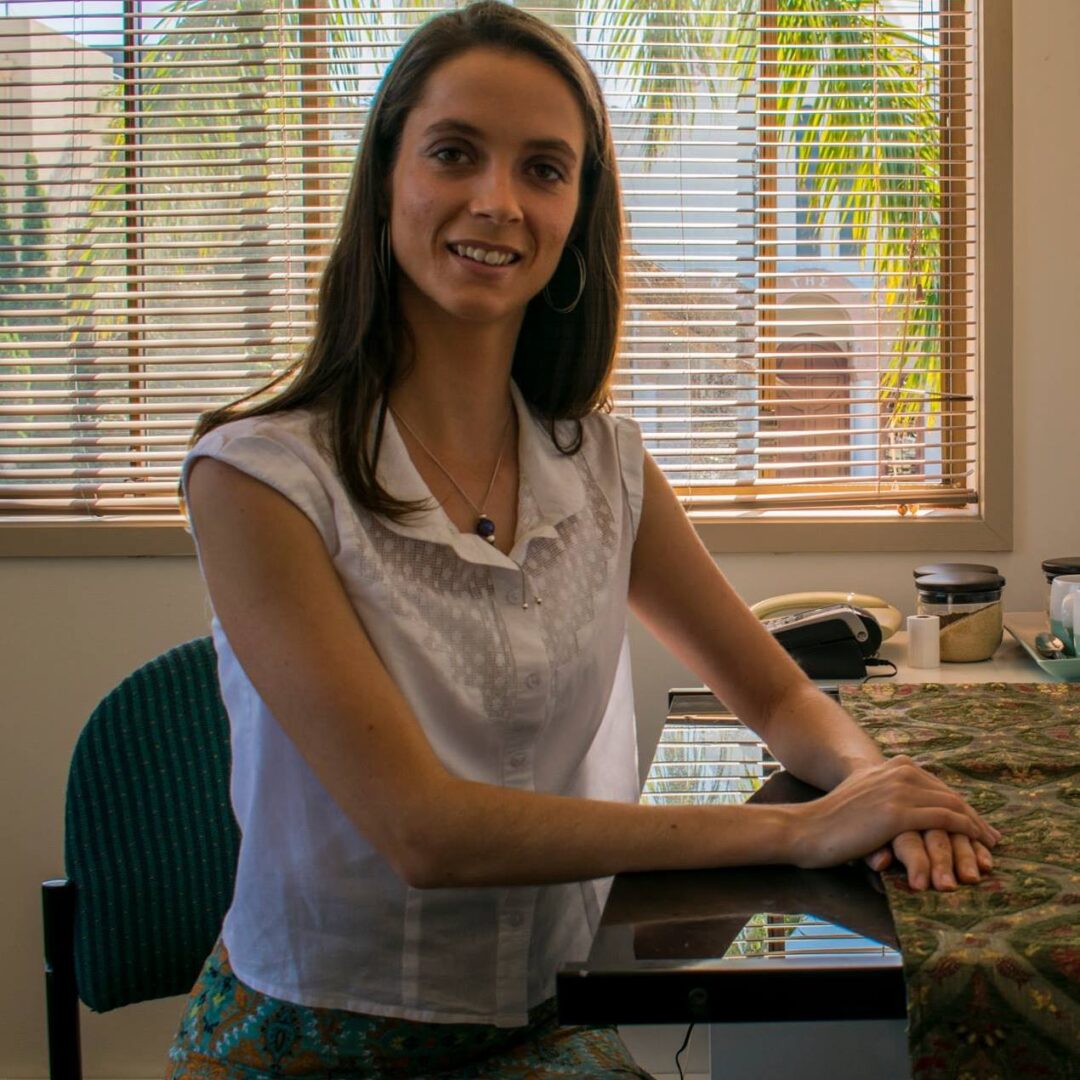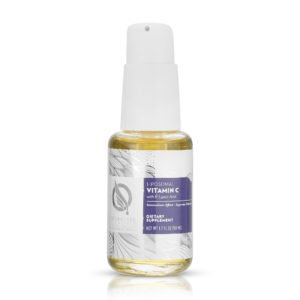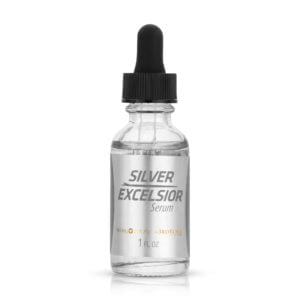Sharing is caring!
As NPR reports, when retired nurse Mary Millard had heart surgery, a contaminated instrument left her with septic shock and a lifelong Pseudomonas infection. These bacteria no longer respond to most antibiotics, and Millard is now reliant on one of the most powerful medications available just to keep it in check. The rise of superbugs and antibiotic resistance is here.
She isn’t alone, as over 2 million Americans contract antibiotic-resistant superbugs. In fact, the CDC estimates that they cause over 35,000 deaths every year.
So, how can we avoid the dangers of antibiotic resistance?
The Antibiotic Resistance Arms Race
While the CDC’s new report shows some recent improvements in preventing hospital-acquired infections, much more can be done. One problem with developing drugs to counteract superbugs is that it simply isn’t profitable for companies to pour money into drugs only meant for short-term use, as opposed to those designed for lifetime chronic disease management.
But the best use of antibiotics is to use them for when they’re absolutely necessary in order to prevent resistance, preferably after other methods have been tried.
Biologists have come up with several possible solutions to the rise of antibiotic resistance.
One is to prescribe several drugs at the same time to overload the bacteria, like current tuberculosis treatment. Another solution is to alternate between several antibiotics in rapid succession. If treatment is changed every 12-24 hours, the environment is changing too quickly for bacteria to develop resistance.
For patients taking injectable antibiotics, a third way is to take pills containing an enzyme that destroys beta-lactams, a class that includes penicillin. The enzyme remains in the gut, where it can prevent resistance traits from developing. Early trials show that this approach is effective and helps prevent Clostridium difficile infections. This type of infection commonly appears after antibiotics have wiped out much of the normal microbiome, allowing harmful species to take over.
How Can We Prevent The Rise Of Antibiotic Resistance?
The best way to prevent antibiotic resistance is to avoid overuse.
While many authorities recommend shortening or avoiding courses of antibiotics in more robust patients, the antibiotics may actually be completely unnecessary.
For example, antibiotics are still sometimes prescribed for viral infections, where they definitely won’t do anything. One “hidden” source of overuse is in animal agriculture. Livestock are routinely given antibiotics to make them grow faster and compensate for overcrowded conditions. It’s best to choose organic meat. Farmers following organic methods only use antibiotics when absolutely necessary.
Even antibacterial soaps such as those containing triclosan contribute to resistance. But research shows that it’s just as effective to thoroughly wash your hands with soap and water for 30 seconds.
Additionally, as surgery carries many risks besides superbug infections, it’s always best to see if there are any alternatives to heading to the operating room. Many surgeries are unnecessary. For example, researchers estimate that 22 percent of pacemaker implants and 17 percent of spinal fusions aren’t needed. A shocking 70 percent of hysterectomies may be inappropriate.
Arthroscopic knee surgery is no more effective than a placebo, and exercise therapy is an effective alternative for many knee pain conditions. Children with recurrent ear infections may be able to avoid surgery by following an anti-inflammatory diet in order to support their immune system.
What If I Already Have An Infection?
There are many natural alternatives to antibiotics. These can also be used alongside drugs to boost efficacy. For example, someone with a serious or persistent infection may require colloidal silver to damage the cell membrane of bacteria, and amoxicillin to stop bacteria from forming cell walls.
Orthomolecular medicine, where large doses of essential nutrients are prescribed, can be very effective. For example, high doses of vitamin C may help prevent the spread of MRSA, Pseudomonas, and even drug-resistant tuberculosis.
Niacin, or vitamin B3, ramps up the immune system’s ability to clear staph and other infections.
Perhaps the most amazing display of vitamin therapy’s effects is a study on patients with sepsis. Those receiving intravenous vitamin C, vitamin B1 and a moderate dose of corticosteroids were spared from organ failure. And only eight percent died (all due to pre-existing conditions). The death rate reached 40 percent in the control group, where over half also received corticosteroids. Steroids have serious side effects. It’s important to remember that these patients had life-threatening infections where their benefits may have outweighed the risks.
Silver: An Effective Alternative
At HoneyColony, one of our favorite ways to prevent and treat infections (whether as a back-up or the primary treatment) is colloidal silver. Silver has been shown to be particularly effective against Staphylococcus aureus and Pseudomonas aeruginosa, two strains of bacteria that are known to develop resistance.
A study of people with chronic rhinosinusitis found that colloidal silver had similar effects to antibiotics in reducing bacterial populations and providing symptomatic relief.
Another study involving children with respiratory infections showed that 90 percent completely recovered with a combination of colloidal silver and beta-glucan. Children taking a saline spray only had a 66 percent recovery rate.
Silver works by disrupting the cell membranes and metabolism of bacteria, mechanisms that can help other medications or supplements.
What If the Infection Doesn’t Go Away?
Many bacteria form biofilms when conditions become stressful (such as during antibiotic exposure) so they can resurface once the threat has passed. It’s best to use a combination of supplements in these cases. Specific enzyme blends and N-acetyl cysteine break up biofilms, while binders such as EDTA or activated charcoal detach bacterial cells.
Certain probiotic species, including Lactobacillus rhamnosus and L. casei, inhibit bacteria at various stages of development. Finally, ozone penetrates biofilms to attack bacteria, thanks to its small molecular size. Depending on the infection’s location, ozone can be injected, inhaled, applied topically or consumed as ozonated water.
Although superbugs are a serious threat, we aren’t destined for an apocalypse if we turn to other, proven methods. We can do our part to prevent the rise of antibiotic resistance by changing our habits. And by using the best that nature and science have to offer.
 Alexandra Preston is an Australian naturopath, passionate about empowering others to take charge of their health and healing the planet. Her special area of interest in natural health is antiaging; she also loves the beach and is a semi-professional dancer.
Alexandra Preston is an Australian naturopath, passionate about empowering others to take charge of their health and healing the planet. Her special area of interest in natural health is antiaging; she also loves the beach and is a semi-professional dancer.
Submit your story or essay to Buzzworthy Blogs.
-
Sale Product on sale
 Quicksilver Liposomal Vitamin C w/ Liposomal$30.50 – $85.50 — or subscribe and save 5%Rated 5.00 out of 5 based on 7 customer ratings
Quicksilver Liposomal Vitamin C w/ Liposomal$30.50 – $85.50 — or subscribe and save 5%Rated 5.00 out of 5 based on 7 customer ratings -
Sale Product on sale
 Silver Excelsior Serum$94.95 – $279.00 — or subscribe and save 5%Rated 4.90 out of 5 based on 87 customer ratings
Silver Excelsior Serum$94.95 – $279.00 — or subscribe and save 5%Rated 4.90 out of 5 based on 87 customer ratings -
 Colloidal Silver Healer$362.50Rated 4.90 out of 5 based on 21 customer ratings
Colloidal Silver Healer$362.50Rated 4.90 out of 5 based on 21 customer ratings
- Tags: Antibiotic resistance, superbugs




